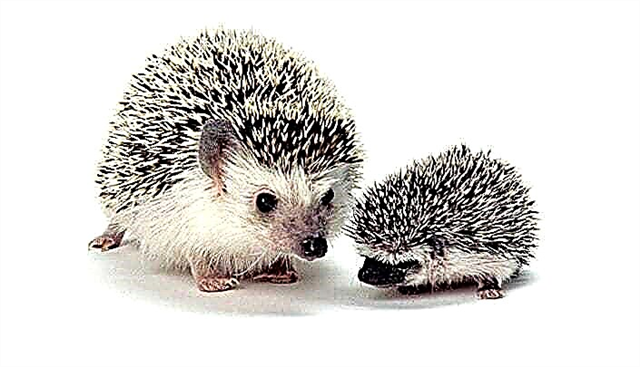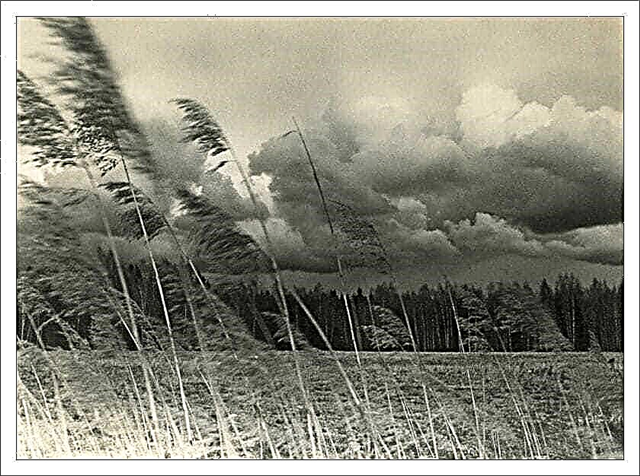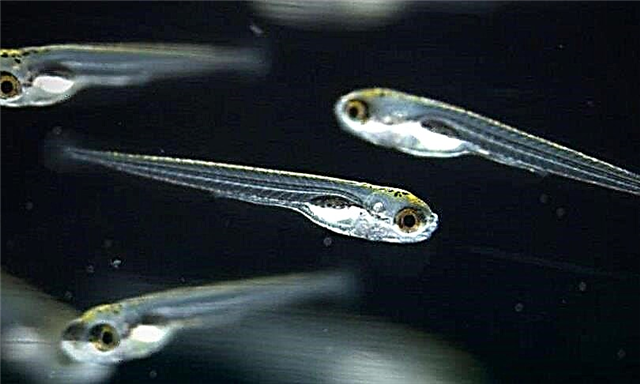
On the Internet there were pictures of a gel-like substance made by a lunar rover. It turned out that she is not a gel at all.
At the beginning of 2019, the Yutu-2 lunar rover landed on the surface of our satellite.
This summer, the Chinese publication Our Space, using the social network, published unusual photos taken by the main camera Yutu-2. At the bottom of the crater, this apparatus found a site that is covered with an unusual substance that is different from the regolith mineral surrounding it. The publication hastened to call it gel-like "with a mysterious brilliance." The Visible and Near-Infrared Spectrometer also found this. True, he could not determine the chemical composition and structure of the substance found.

Naturally, the find became a hot topic of all the media, which began to be discussed in scientific circles. So, in the publication Science Alert reported that this material is most likely glass, which was formed as a result of impact.
Lunokhod very carefully explored places in the crater, so as not to get stuck in it. Recently, Our Space publication published new pictures of the mysterious “gel-like” substance. After studying it, astronomers noted that she was not so mysterious.

According to a study by our companion Clive Neal, who works at the University of Notre Dame, the mysterious gel is nothing less than glassy impactite. New photos just confirm this assumption.Impactite is a mineral that formed after a meteorite hit. Due to the lack of atmosphere on the moon, such strikes occur very often. Apparently, the crater in which the Yutu-2 lunar rover was located was also once formed as a result of the fall of a large meteorite.
Impactitis is not uncommon. So, the geologist, astronaut Harrison Schmitt, who participated in the flight of the Apollo 17 mission, delivered a vitreous mineral to Earth. It is dark, shiny, and very easy to confuse with anything fluid. This was proved by Dan Moriarty, a researcher working at the Space Flight Center. Goddard NASA.
The researcher believes that all samples have a common shape and origin. All of them formed and melted as a result of an impact on the surface of the moon. Definitely this is a type of stone, which can not be mistaken for a vitreous and especially gel-like substance.
Astronomers recall that gel-like substances cannot form on the Moon, since its surface is dry and devoid of water. Therefore, all the minerals formed on our satellite can only be solid. Probably on the moon you can find previously molten materials.
The search for new lunar minerals continues. Perhaps, soon rovers will be able to find new minerals with useful properties that will be used in terrestrial conditions.












